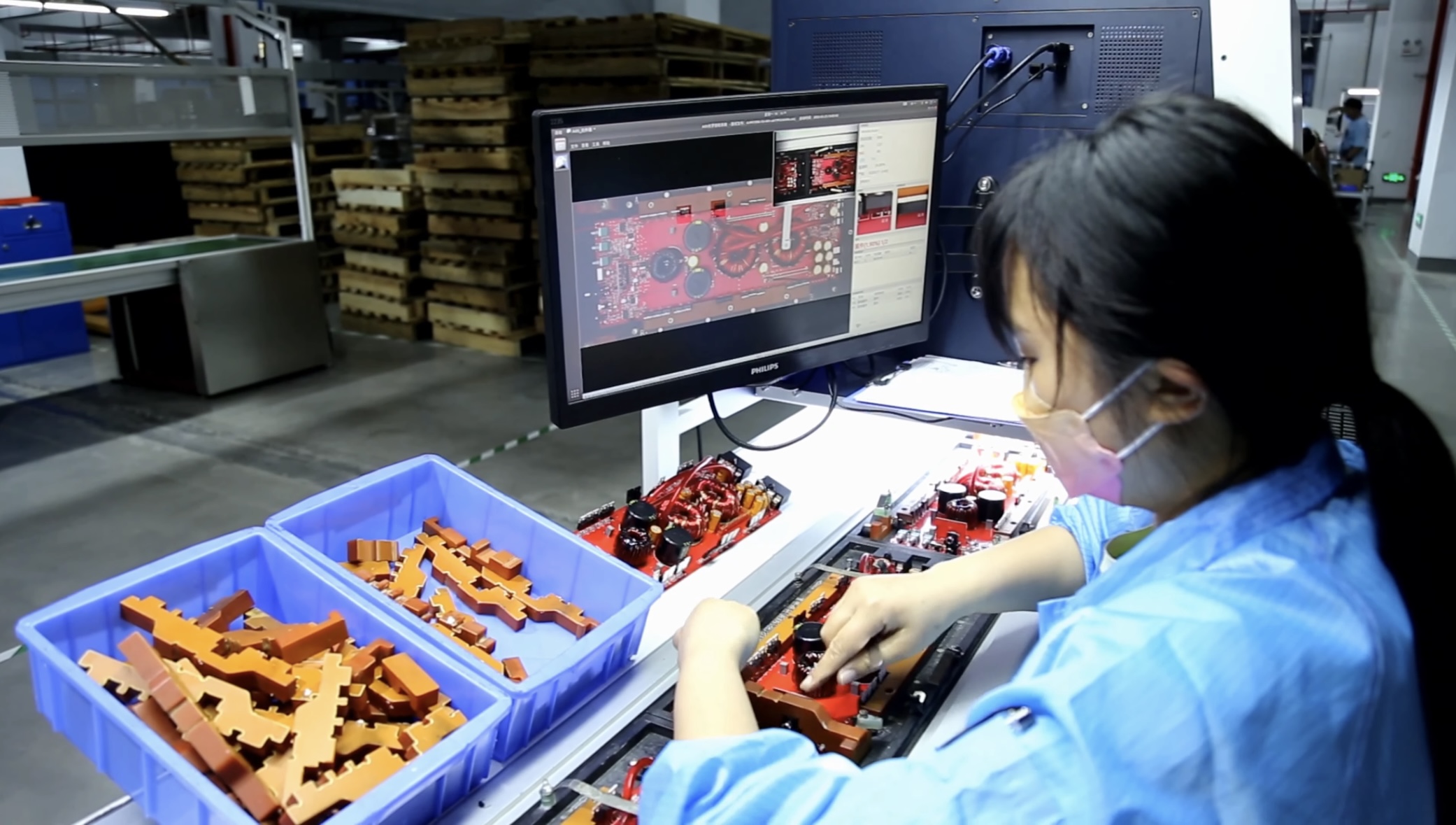Introduction: Why Speaker Components Matter
When searching for the perfect sound system, many users want to understand what makes one speaker better than another. The answer lies in its Speaker Components—the individual parts that shape sound quality, durability, and performance. By learning how these components work together, you can make smarter buying decisions whether for home audio, car systems, or professional setups.
Understanding the Core Speaker Components

A speaker is not a single device but a carefully engineered system of components. Each element plays a critical role:
Driver (Cone & Dome): Converts electrical signals into sound waves.
Voice Coil: Interacts with the magnet to create vibration.
Magnet: Powers movement and sound production.
Suspension (Spider & Surround): Keeps the cone centered while allowing controlled motion.
Enclosure (Cabinet): Shapes acoustics and protects inner parts.
Crossover Network: Divides frequencies for tweeters, midrange, and woofers.
Together, these Speaker Components define clarity, bass depth, and overall listening experience.
The Main Types of Speaker Drivers

1. Tweeters
Handle high frequencies (2,000 Hz and above). Materials such as silk, titanium, or ceramic influence tonal brightness.
2. Midrange Drivers
Reproduce vocals and instruments (300 Hz – 5,000 Hz). Critical for balanced audio.
3. Woofers
Deliver bass and low-mid frequencies. Often made with reinforced paper, polypropylene, or Kevlar for strength.
4. Subwoofers
Focused on deep bass (20 Hz – 200 Hz). Require large enclosures and high power.
5. Full-Range Drivers
Compact designs attempting to cover most frequencies, often used in budget or portable speakers.
How Speaker Components Affect Sound Quality
Frequency Response
Determines the range of sounds a speaker can produce.
Sensitivity
Higher sensitivity means the speaker delivers more output with less power.
Impedance
Affects amplifier matching; common ratings are 4, 6, or 8 ohms.
Power Handling
Shows how much wattage the components can manage without distortion.
Materials and Craftsmanship
From magnet strength to cone material, each detail shapes accuracy and tone.
Popular Brands Specializing in Speaker Components
JBL
Renowned for robust woofers and balanced driver technology.
Focal
Known for high-end tweeters with advanced materials like beryllium.
Pioneer
Offers reliable car audio components with strong bass performance.
Scanspeak
Specialized in precision drivers for audiophiles.
Dayton Audio
Affordable yet high-performing replacement parts and DIY speaker kits.
Buying Guide: Choosing the Right Speaker Components
Identify Your Purpose – Are you upgrading a car audio system, building home theater speakers, or enhancing a studio monitor?
Match Power and Impedance – Ensure compatibility with your amplifier.
Consider the Environment – Car interiors demand different setups compared to large living rooms.
Check Build Quality – High-grade cones and magnets ensure longevity.
Balance Budget vs Performance – Premium materials like Kevlar or beryllium improve sound but cost more.
Common Mistakes to Avoid
Choosing oversized subwoofers without proper enclosure support.
Ignoring the role of crossovers in balancing frequencies.
Buying mismatched components that strain amplifiers.
Over-prioritizing wattage instead of real-world sensitivity and clarity.
Future Trends in Speaker Components (2025 and Beyond)
Smart Integration: AI-driven auto calibration for rooms and vehicles.
Eco Materials: Biodegradable cones and recycled enclosures.
Compact High-Performance Drivers: Smaller sizes delivering stronger bass.
Wireless Adaptation: Components designed for seamless digital streaming.
Conclusion: The Value of Understanding Speaker Components
When you grasp how Speaker Components work, you are no longer just buying a speaker—you are choosing the precise sound experience you want. From deep bass to crystal highs, each component matters. Whether you’re a hobbyist, audiophile, or event professional, knowledge leads to smarter investments and better audio satisfaction.
FAQ
Q1: What are the most important speaker components?
The driver, magnet, voice coil, suspension, and enclosure are essential for sound quality.
Q2: Do better materials make a big difference?
Yes, materials like Kevlar, titanium, or beryllium often deliver better accuracy and durability.
Q3: Can I replace individual components in my speaker?
In many cases, yes—brands like Dayton Audio sell replacement drivers and kits.
Q4: How do I match speaker components with an amplifier?
Ensure impedance (ohms) and power ratings are compatible with the amplifier’s specifications.




**potentstream**
potentstream is engineered to promote prostate well-being by counteracting the residue that can build up from hard-water minerals within the urinary tract.
**boostaro**
boostaro is a specially crafted dietary supplement for men who want to elevate their overall health and vitality.
**prostabliss**
prostabliss is a carefully developed dietary formula aimed at nurturing prostate vitality and improving urinary comfort.
**energeia**
energeia is the first and only recipe that targets the root cause of stubborn belly fat and Deadly visceral fat.
**pineal xt**
pinealxt is a revolutionary supplement that promotes proper pineal gland function and energy levels to support healthy body function.
**breathe**
breathe is a plant-powered tincture crafted to promote lung performance and enhance your breathing quality.
**yu sleep**
yusleep is a gentle, nano-enhanced nightly blend designed to help you drift off quickly, stay asleep longer, and wake feeling clear.
**zencortex**
zencortex contains only the natural ingredients that are effective in supporting incredible hearing naturally.
**mitolyn**
mitolyn a nature-inspired supplement crafted to elevate metabolic activity and support sustainable weight management.
**wildgut**
wildgutis a precision-crafted nutritional blend designed to nurture your dog’s digestive tract.